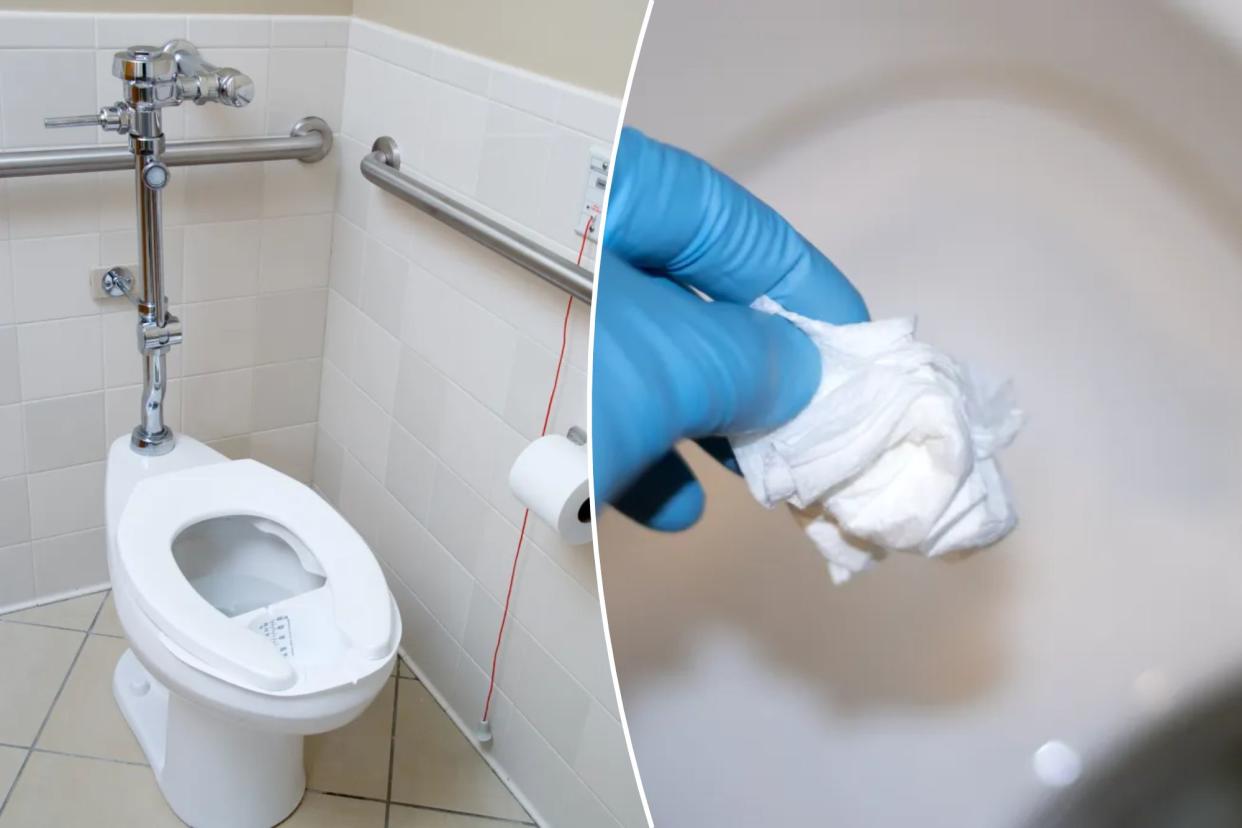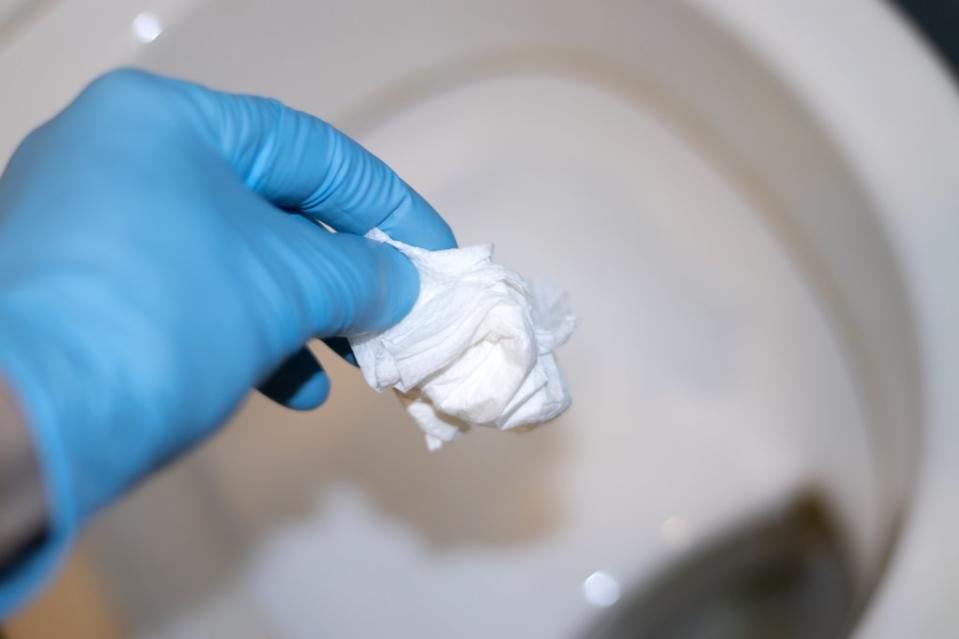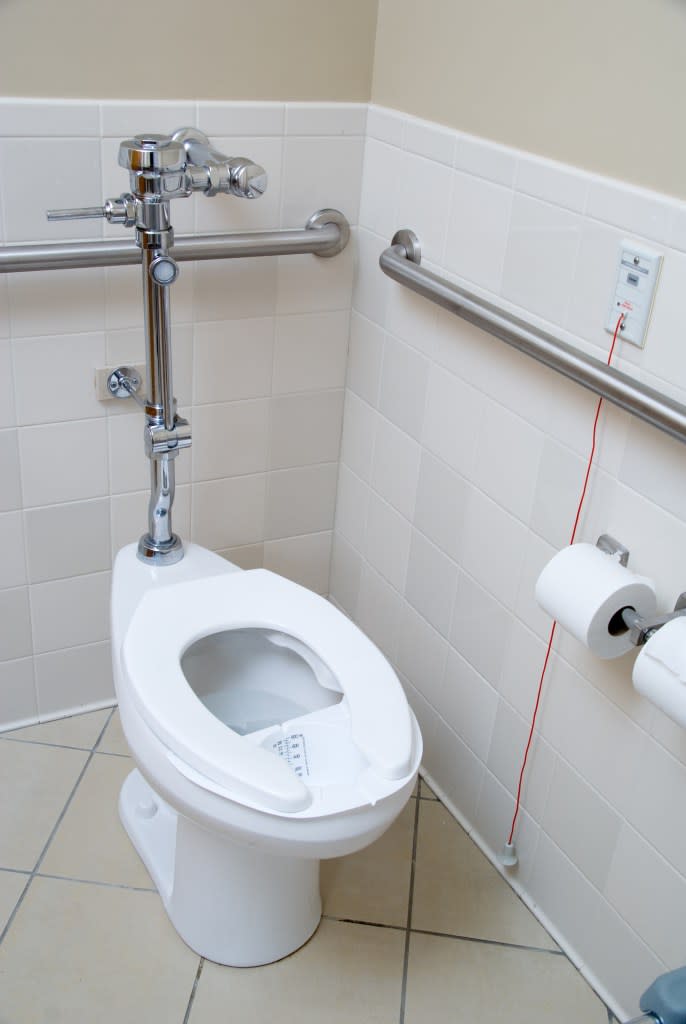Gender-neutral toilets are the dirtiest of all: study

New research is sounding the alarm about the cleanliness of hospital bathrooms.
Several strains of drug-resistant bacteria and fungi were discovered on the floors, ceilings, door handles and toilet surfaces of bathrooms in three major hospitals in Scotland, according to a study presented at a conference this week for clinical microbiology and infectious diseases specialists.
Gender-neutral toilets (including those for people with disabilities) were the most contaminated, while women’s bathrooms contained fewer microbes than men’s loos.
“The move to convert traditional male and female facilities to unisex facilities in some hospitals raises concern that people might be exposed to higher risks of contamination,” said study author Stephanie Dancer, a consultant microbiologist at NHS Lanarkshire in the UK.
She added: “For example, hand hygiene surveys show that women are more likely to clean their hands after bathroom use than men, so we decided to investigate which microbes were present on different surfaces in toilets and how many of them there were.”

Dancer and her colleagues collected 480 samples from six types of bathrooms — male staff, female staff, male patient, female patient, disabled and unisex — in each of the three hospitals.
Hand-touch surfaces (toilet flush, handrail, tap, door handle); floors; and higher-up sites (door tops, shelves, air vents) were swabbed more than four hours after they were cleaned.
The team found bacteria known to cause infections of the bloodstream, urinary tract, chest and other parts of the body, among other pathogens.
Female staff toilets had the fewest microbes of all the toilet types.
Drug-resistant bacteria were concentrated in male and female patient toilets, though female toilets fared better.
“Our results appear to confirm what is generally thought in society: Women clean because their perception of dirt and disgust entices action whereas men either don’t notice a dirty environment or don’t care,” Dancer said. “It follows that women are more likely to leave a bathroom ‘clean,’ while men assume someone will clean up after them.”

Alarmingly, pathogens such as E.coli were as likely to be found on air vents, ceilings and the tops of doors as on floors.
“We think that the only logical explanation for this is that toilet flushing aerosolizes whatever is in the toilet bowl, whereupon tiny water particles carrying these organisms fly up to the ceiling and contaminate high sites,” Dancer said.
Her recommendations for hospital bathrooms include having lids for toilets that should be closed before flushing; adding windows, so fresh air can circulate; offering more education on hand washing; and retaining single-sex toilets.
“Based on this study’s findings, I don’t believe we should be abandoning single-sex toilets in favor of unisex toilets, since these toilets had the highest microbial burden overall,” Dancer concluded.

